Yesterday’s bright light was balanced by gray and rain today. (The ladies wanted to make sure that I understood it was time to move to new grass.)
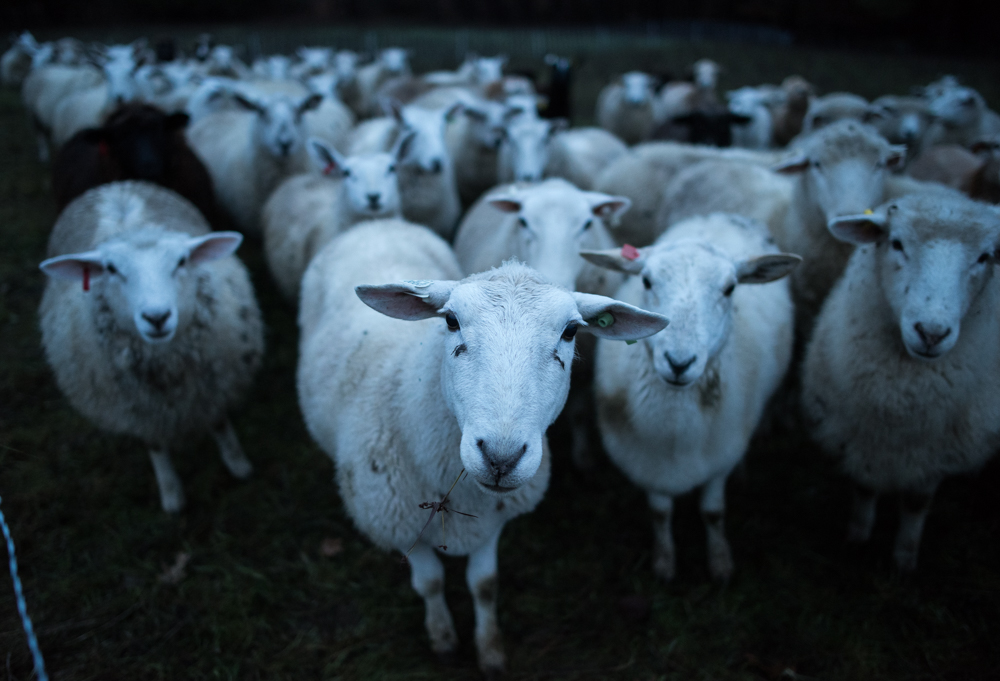
I was grateful for weather that motivated me to work at my desk most of the day.
Yesterday’s bright light was balanced by gray and rain today. (The ladies wanted to make sure that I understood it was time to move to new grass.)

I was grateful for weather that motivated me to work at my desk most of the day.
I’m surprised at how happy I am to have the entire flock back at my place. Part of it is certainly a logistical relief, that I can walk outside and quickly get a sense of whether anything has gone seriously wrong, but there’s a less tangible part as well, a sense of completeness when the animals are nearby. Maybe I am becoming a shepherd.
We got about 48 hours respite from the rain, but now it’s back in earnest.
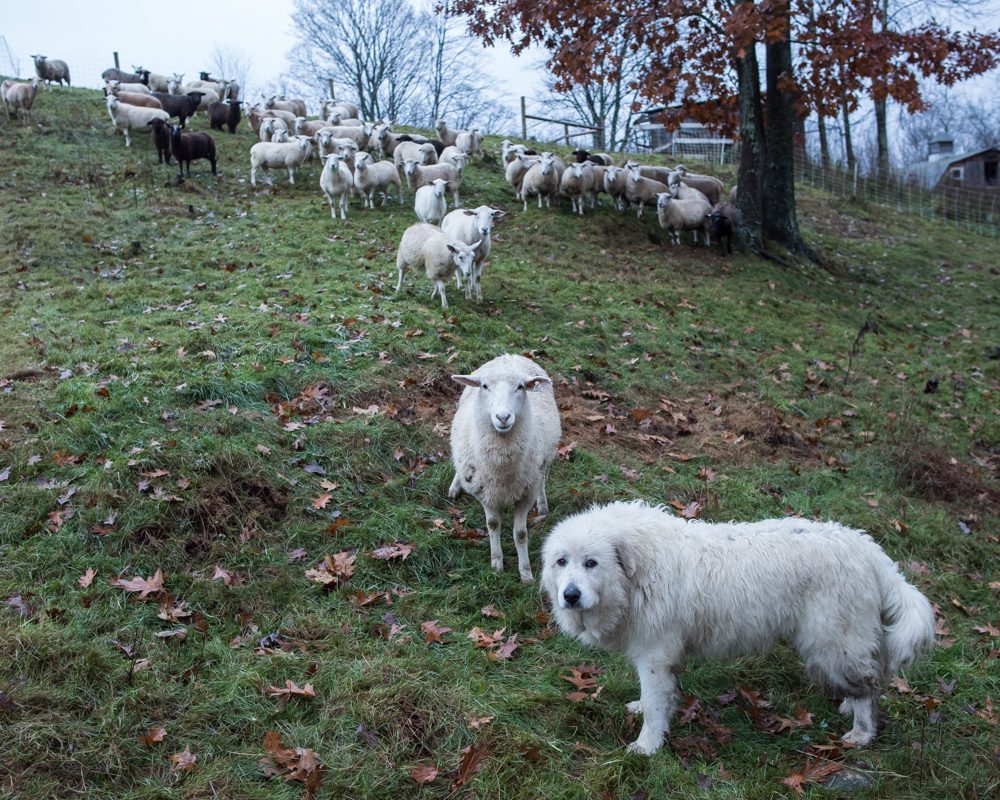
I tried to convince Cleo and the ewes that it wasn’t my fault, but I’m not sure they believed me. I set them up for the night on a hillside in the lee of the wind, so they’ll have a bit of protection; I’ll try to resist the urge to apologize in the morning.
As I expected, there were freshly-dead caterpillars this morning — the entomopathogenic fungus seems to dispatch them pretty quickly.
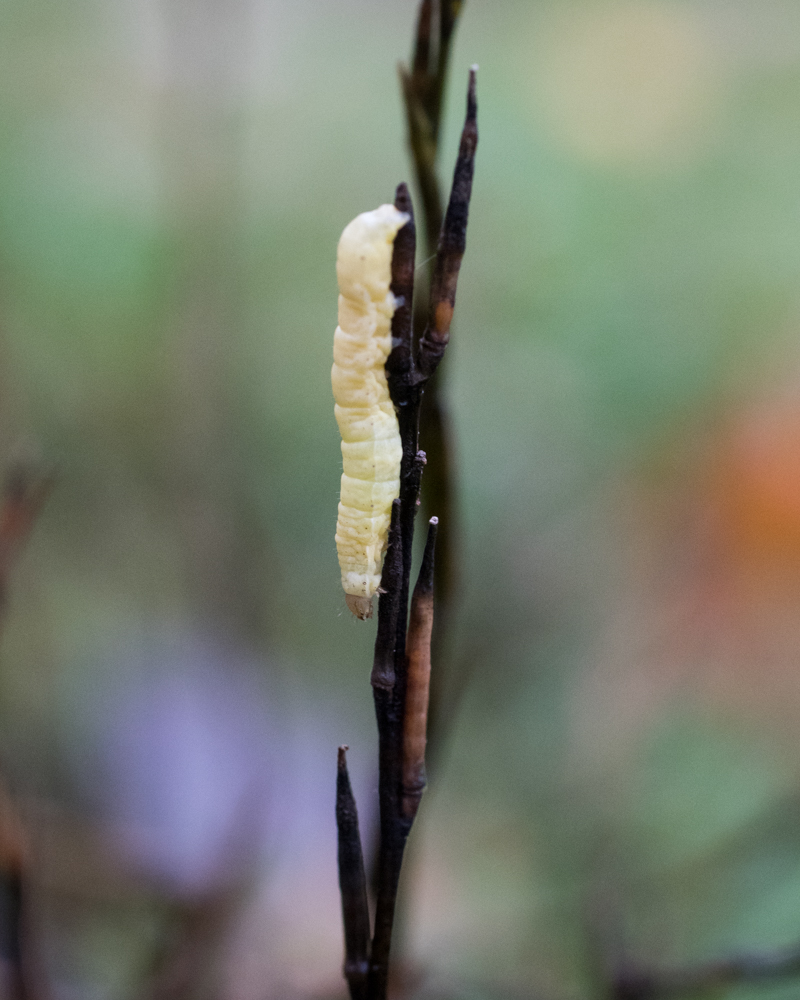
Carl Majewski, from the University of New Hampshire Cooperative Extension Service, along with his colleague, entomologist Alan Eaton, confirmed that what I’m seeing are fall armyworms (Spodoptera frugiperda), caterpillars known for developing large, hungry populations when the conditions are right. We’ve had a recent stretch of very humid weather in the 60s and 70s, perfect conditions for these guys to thrive and potentially damage large areas of pasture. Carl half-seriously suggested we culture the fungus that’s been killing my armyworms in an attempt to develop a biological control for future outbreaks of the caterpillar.
Since last night, the temperature has dropped 25 degrees and we’ve gotten nearly 2 inches of rain (curious readers can see farm weather conditions here), so I’m assuming that both armyworms and their fungal adversary will be much less active tomorrow. The sheep haven’t been thrilled with the weather conditions either,
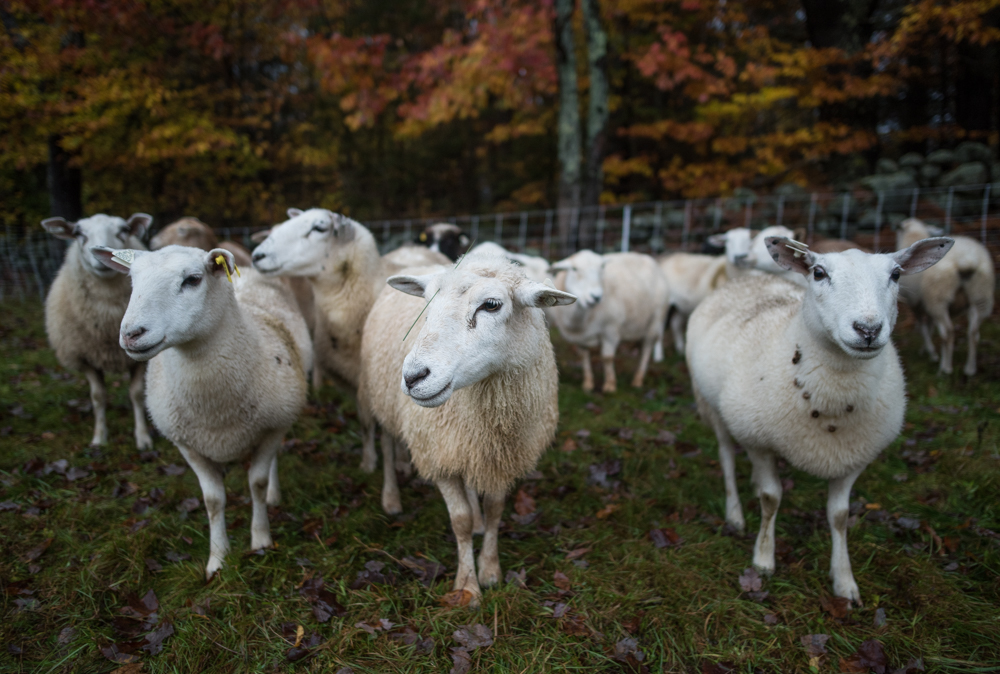
but between their fleeces and the magic of endothermy, they’ll be fine. The pasture they’re grazing on Holt Road has much less grass than I remembered from a visit 5 weeks ago, and I’m wondering if armyworms have made their way through those fields as well. I’ve found some of the same melting caterpillars that I saw at my place. Regardless of the cause, the sheep are almost out of grass, so I’ll be moving them back to my place on Saturday.
Tagged: cold, endotherm, entomopathogenic, fall armyworm, fungus, grass, pasture, rain, sheep, Spodoptera frugiperda, wet, Wilder Brook Farm
Boston and Sullivan are only 100 miles apart, but sometimes they seem like different planets. Today was a humid day in Boston that threatened rain but never quite pulled it off. It was raining pretty hard as I was coming up Rt 9 toward the farm this evening, but I was surprised to see that Otter Brook, almost dry this morning, was as full as I’d ever seen it, and it was spilling over the highway near my turnoff. Route 9 was closed and detoured up my street just a few minutes after I got home.
There’s a small stream, Hubbard Brook I believe, that runs at the front of the farm, and this evening it had overtopped as well, spreading across the fields and driveway. Just below the driveway, the brook was more violent than it had been at the height of snowmelt in the spring.

The weather guys say we got something like 3 inches of rain today, so I’m grateful that the driveway survived and the house stayed dry. The sheep were pissed off but fine. I’ll take a better look around tomorrow morning to see if anything got seriously damaged from the floodwaters. Whew.
I’ve always wanted to live somewhere with running water on the property. When I moved in last fall, we were at the tail end of a drought in New England, so it wasn’t clear if that wish had come true. Now that we’re in the second big melt of the season, the streams declare themselves as soon as I walk out the door. I’m still getting calibrated to this nature thing, so I’ve caught myself wondering why the traffic noise from Route 9 is so loud, and then I remember.
The stream on the west side of the farm is the confluence of a forest brook that runs under Centre Street with the drainage from the swale where I almost lost the tractor.
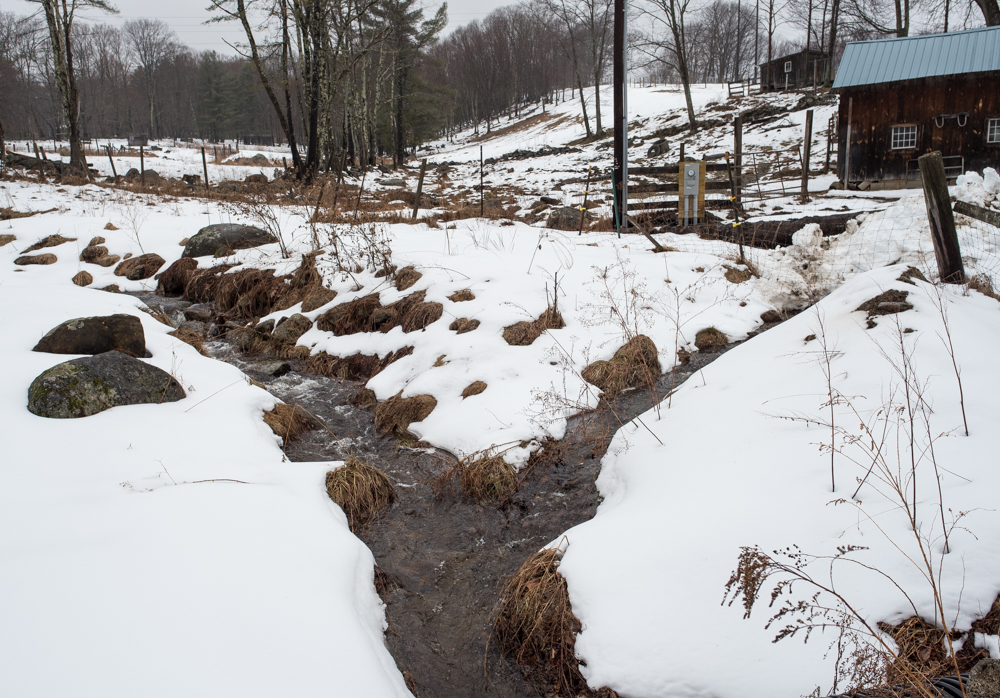 And then it runs through a culvert under the driveway.
And then it runs through a culvert under the driveway.
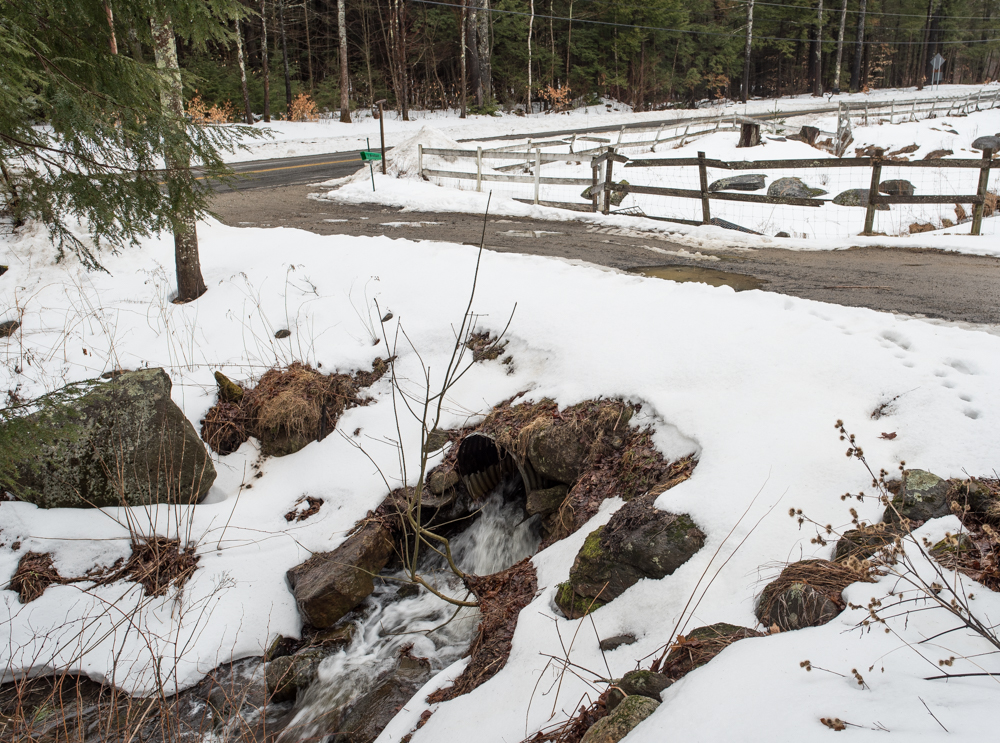 This was all good until people started asking me how big the culvert is, and whether it was installed properly, and what I know about the historic flood levels in the area. Really? I was having a conversation with Bill Fosher about managing wet pastures that quickly veered into washing-out-the-driveway territory. Then people seem to delight in pointing out all the places where roads have been obliterated by raging flood waters in the surrounding towns. Now I feel like I need to recalibrate my paranoia… if I’m not carried off by a flock of hungry sheep or eaten by my guardian dog, will I starve because I’ve been cut off from civilization by an undersized culvert?
This was all good until people started asking me how big the culvert is, and whether it was installed properly, and what I know about the historic flood levels in the area. Really? I was having a conversation with Bill Fosher about managing wet pastures that quickly veered into washing-out-the-driveway territory. Then people seem to delight in pointing out all the places where roads have been obliterated by raging flood waters in the surrounding towns. Now I feel like I need to recalibrate my paranoia… if I’m not carried off by a flock of hungry sheep or eaten by my guardian dog, will I starve because I’ve been cut off from civilization by an undersized culvert?